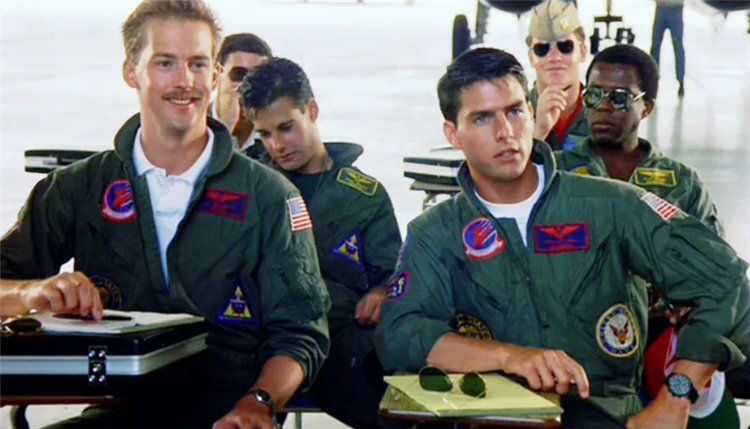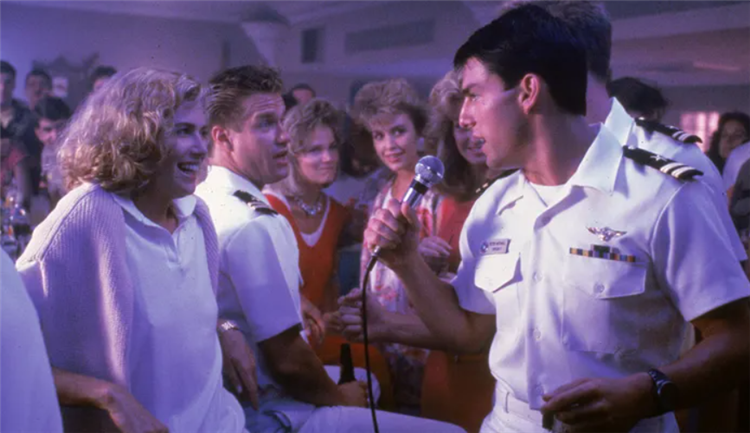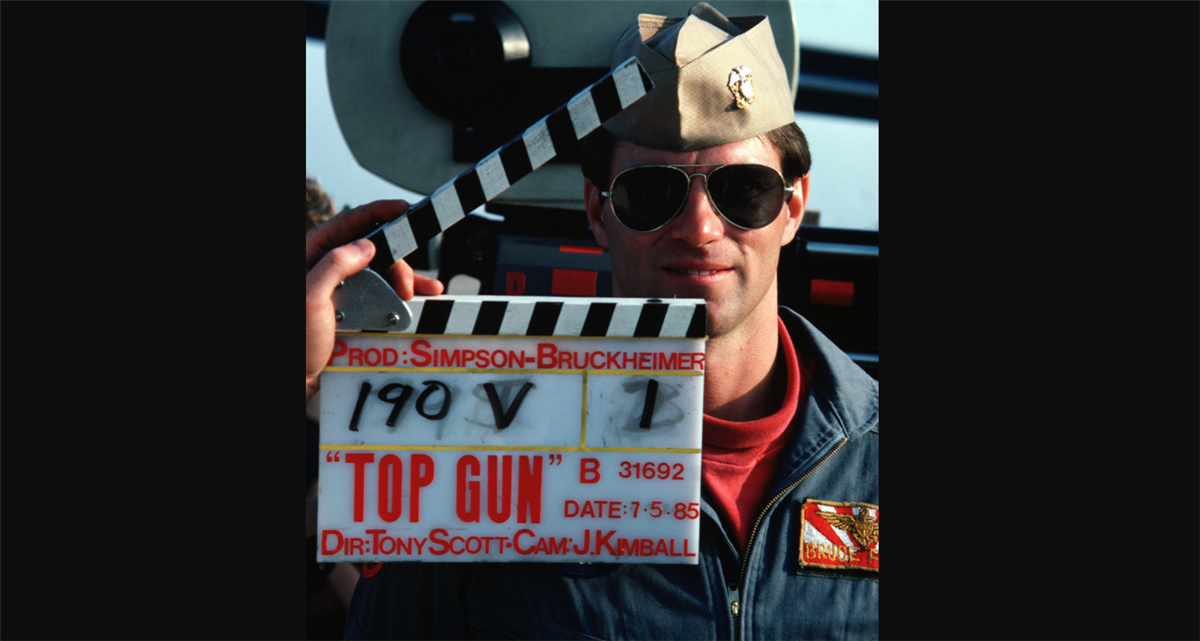Hotshot US Navy pilot Maverick cruised through ‘Danger Zone’ of love and combat in Hollywood thriller
Patriotic and sexy, if somewhat predictable, the action-romance placed cocky young U.S. Navy pilots in a “Danger Zone” of love and Cold War combat.
It roared across the American landscape like an F-14 strafing pop culture with one memorable explosion after another.
“When ‘Top Gun’ hit the box office in 1986, it quickly rose to the top of the charts, drawing a great deal of attention to the film and the cast,” MovieWeb.com wrote in a 2022 retrospective of the silver-screen sensation.
“The film became an instant classic thanks to the award-winning soundtrack and some of the best aerial scenes to ever hit the big screen.”
“Top Gun” was the top-grossing movie of 1986 by a wide margin. It made upstart 23-year-old actor Tom Cruise one of Hollywood’s biggest stars and produced a No. 1 soundtrack featuring top acts of the 1980s, including Kenny Loggins, Cheap Trick and Loverboy.
Kelly McGillis played Charlie, the blonde bombshell instructor at the Navy’s elite “Top Gun” flight school and, of course, Cruise’s love interest.
The movie was so popular – 46 million people in North America bought tickets that year – that it had a ripple effect on pop-culture that is still felt today.
“The film became an instant classic thanks to the award-winning soundtrack and some of the best aerial scenes to ever hit the big screen.”
“Top Gun” turned the names of dashing pilots “Goose” (Anthony Edwards), “Iceman” (Val Kilmer) and “Maverick” (Cruise) into American cultural idioms for cocksure machismo.

“Talk to me, Goose,” Maverick shouts twice in the movie during dazzling flight scenes, the phrase commonly used in casual conversation nearly 40 years later.
“You can be my wingman any time,” Iceman tells former rival Maverick after the hotshot Cruise character guns down Soviet MIG fighters in the movie’s climactic dogfight battle scene.
Long used in military jargon, “wingman” became a synonym for trusted male buddy, usually in social situations, on the strength of that triumphant “Top Gun” exchange.
The enduring popularity of “Top Gun” inspired a hit sequel an incredible 36 years later.
“Top Gun: Maverick” proved the biggest box-office smash of 2022, fueled by the same themes of slick aerial heroics and unabashed American patriotism.
Despite its incredible impact at the box office and on wider culture, critics gave “Top Gun” a lukewarm response.
“In one sequence after another, the soundtrack trembles as the sleek planes pursue each other through the clouds, and, yeah, it’s exciting,” wrote Roger Ebert, the celebrated late film critic, of the flick in 1986.
“The soundtrack trembles as the sleek planes pursue each other through the clouds.”
“But the love story between Cruise and McGillis is a washout … In its other scenes on the ground, the movie seems content to recycle old clichés and conventions out of countless other war movies.”
The public disagreed with Ebert – especially about the scorching Cruise-McGillis maneuvers.
Maverick’s public serenade of the sizzling skirt flight instructor inspired a revival of the 1965 Righteous Brothers No. 1 Billboard hit “You’ve Lost That Loving Feeling.”
Fans in theaters expected Maverick to crash and burn. They clapped instead when Charlie invited him to sit down after the high-risk barroom stunt.

Their romance inspired its own scorching love anthem.
“Take My Breath Away” by Berlin was a No. 1 hit around the world in the summer of 1986 and won Academy and Golden Globe Awards for Original Song of the Year.
“Top Gun” was, if not inspired by, certainly preceded by a long-forgotten landmark silent movie that set the standard for the cocky pilot action-romance genre.
“’Top Gun’ has made Cruise the top box-office star of the year … (The) actor can write his own ticket for a few years.”
“Wings,” also from Paramount Pictures, released nationally in 1929, featured the exploits of a pair of World War I flying aces in love with the same woman.
Among other claims to fame, “Wings” introduced young actor Gary Cooper in a small supporting role.
“Wings” enjoyed a rebirth of attention with the success of “Top Gun: Maverick” last year and boasts an achievement even the original “Top Gun” cannot claim.
It captured Best Picture honors at the first Academy Awards in 1929.
“Top Gun” wasn’t even nominated for Best Picture in 1987. The award went to “Platoon.”
“If you haven’t seen this masterpiece, treat yourself. You won’t regret it,” aviation blogger Scott Spangler wrote of “Wings” for the website JetWhine.com.
“Top Gun” wasn’t even nominated for Best Picture in 1987. The award went to “Platoon.”
Perhaps the biggest impact of “Top Gun” was turning Cruise into a giant of American cinema.
He enjoyed a breakout hit in the 1983 teen flick “Risky Business,” but in a juvenile role.
“‘Top Gun’ put him over the top, using sensational special effects and aerial sequences to tell the story of Navy F-14 pilots fighting to be the best,” Ebert wrote later in 1986, as Cruise starred beside Paul Newman in another silver screen hit that year, “The Color of Money.”
